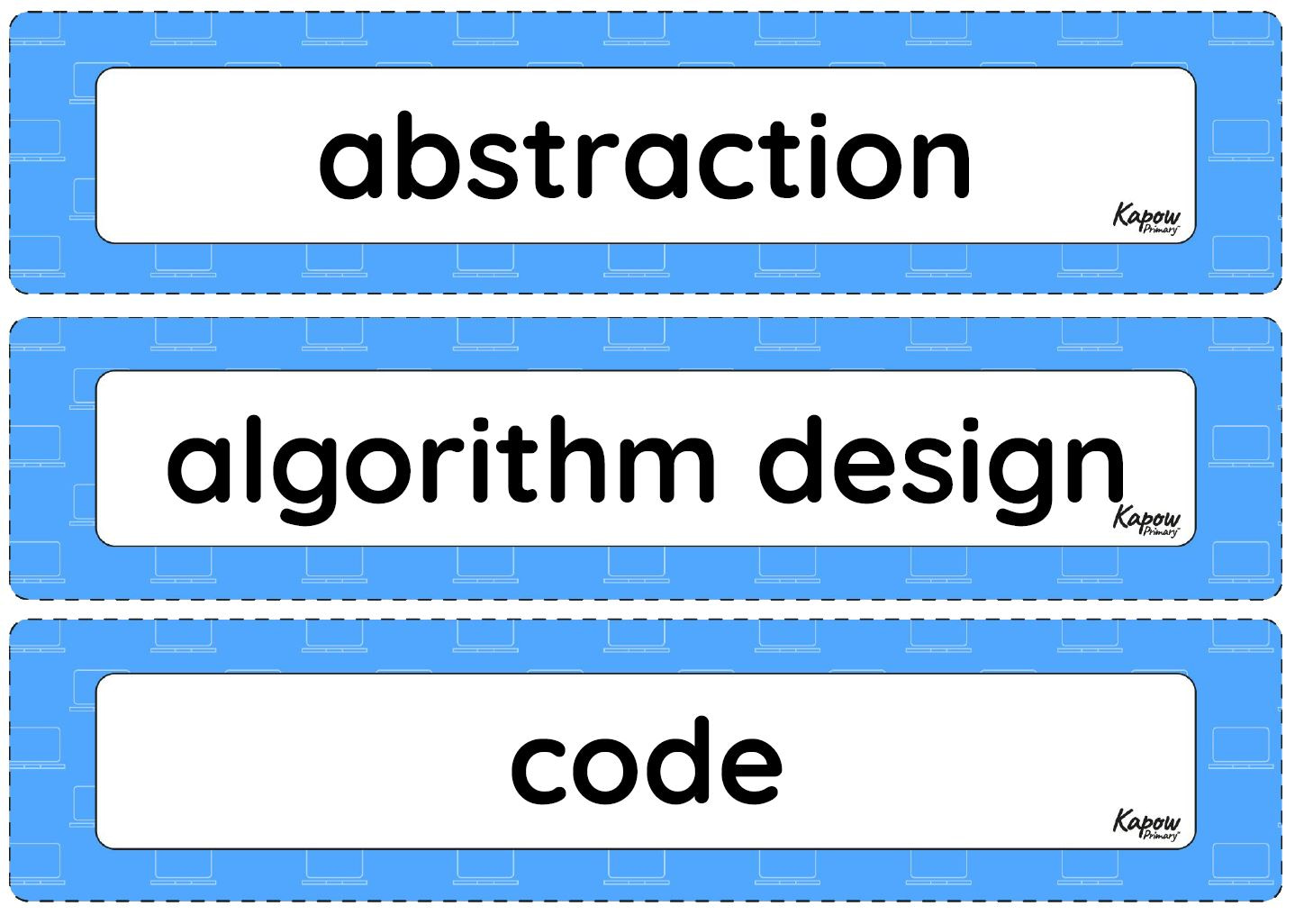*New* Computational thinking
Exploring computational thinking through unplugged activities and applying these to programming.
- Subjects >
- Computing >
- Lower key stage 2 >
- Year 4 >
- Programming 2: Computational thinking >
-
*New* Computational thinking
Unit outcomes
Pupils who are secure will be able to:
- Understand that problems can be solved more easily using computational thinking.
- Recognise decomposition, abstraction, algorithm design and pattern recognition as key computational thinking skills.
- Explain how decomposition and abstraction simplify problem-solving.
- Identify patterns in problems and use them to solve problems.
- Design clear algorithms and justify their choices.
- Create logical sequences of steps to complete a task or project.
- Use computational thinking skills to code, refine and evaluate their work.
Suggested prior learning
Programming 1: Algorithms and debugging
Get startedLessons
Lesson 1: Decomposition and pattern recognition
- To apply decomposition and pattern recognition to solve problems.
Lesson 2: Abstraction
- To explain and apply abstraction by identifying key details in a problem.
Lesson 3: Algorithm design
- To design an algorithm to support an everyday task.
Lesson 4: Computational thinking in action
- To apply and reflect on computational thinking skills while creating a Scratch project.
Lesson 5: Evaluating computational thinking
- To evaluate a remixed program by reflecting on the effectiveness of computational thinking.
Key skills
Key knowledge
Related content
Resources
Unit resources

Computing
Knowledge organiser – Computing Y4: *New* Computational thinking
Aimed at pupils, two pages providing key facts and definitions from the unit ‘Computational thinking’.

Computing
Vocabulary display – Computing Y4: *New* Computational thinking
A display version of the vocabulary from the unit 'Computational thinking'.
Cross-curricular opportunities
English: Spoken Language.
Design and technology: Design.

